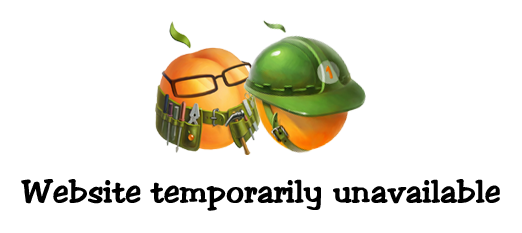
We are working on it and expect to be back online as soon as we can.
Check Service notices for more details.
Thank you for your patience.
Wild Apricot team.

We are working on it and expect to be back online as soon as we can. Thank you for your patience. Wild Apricot team. |